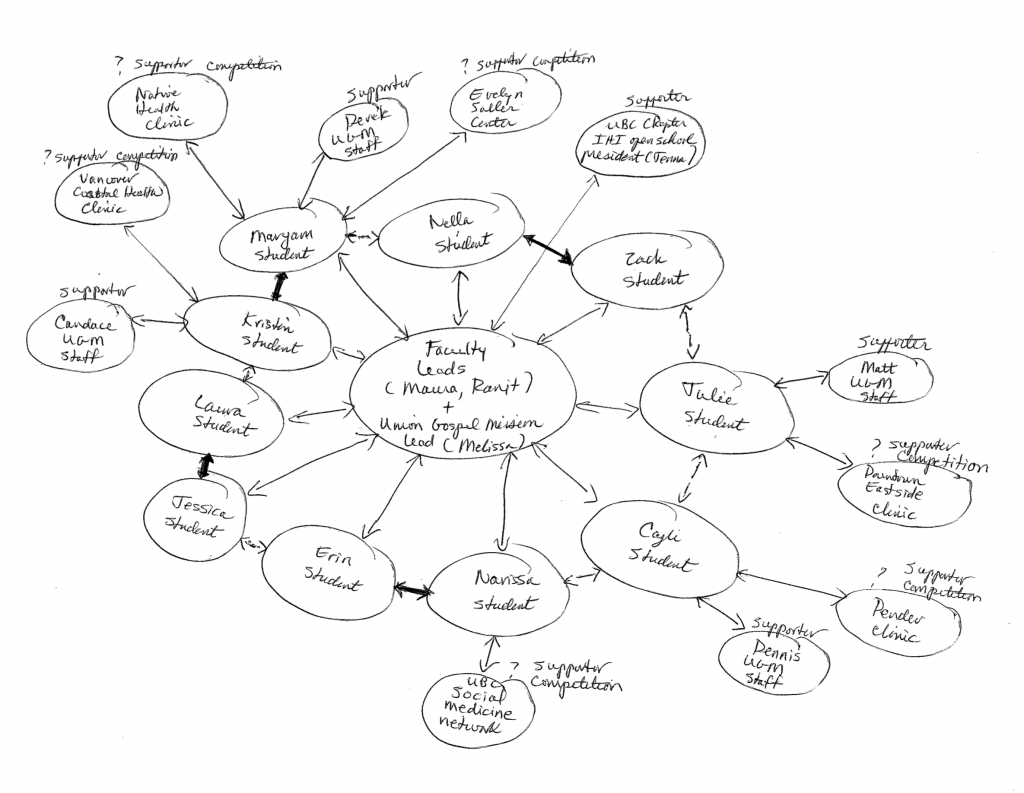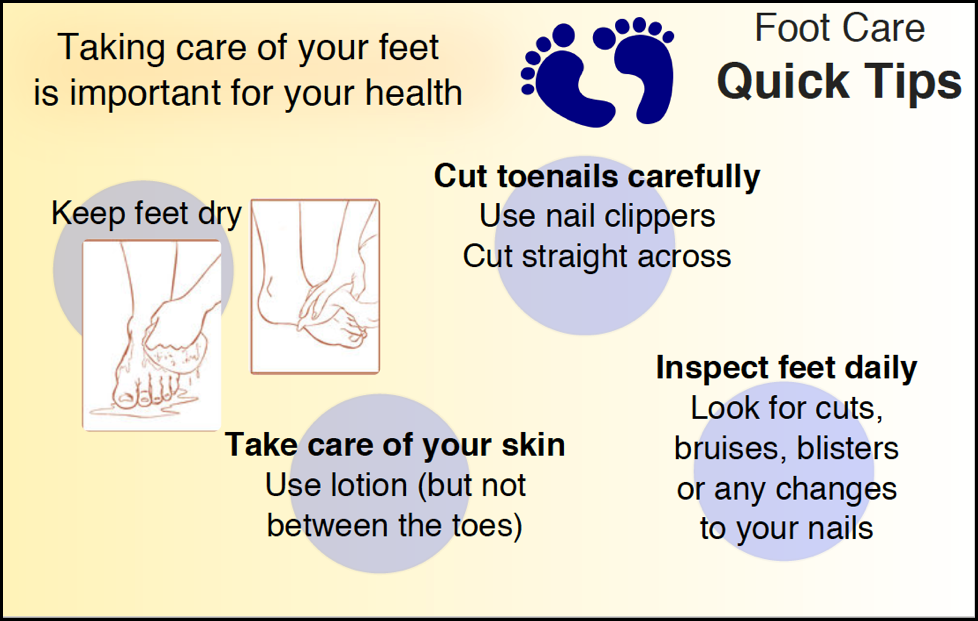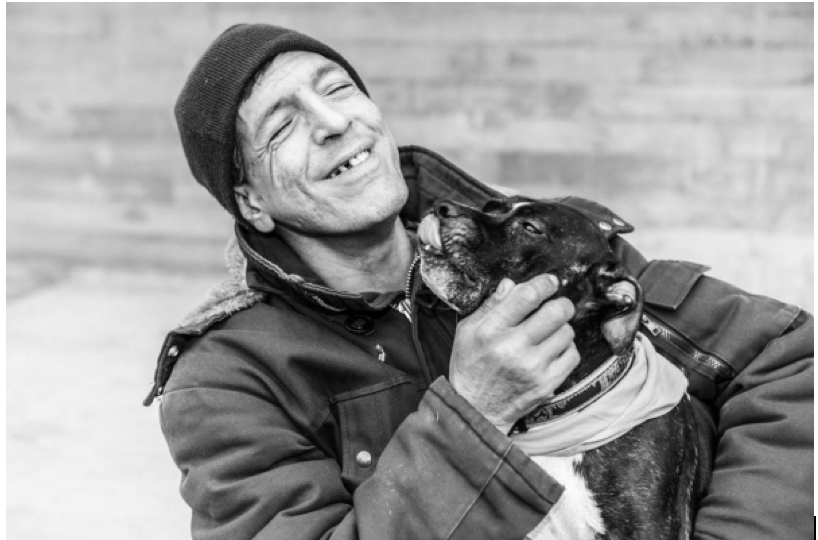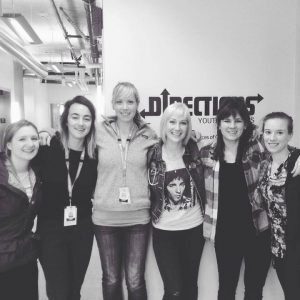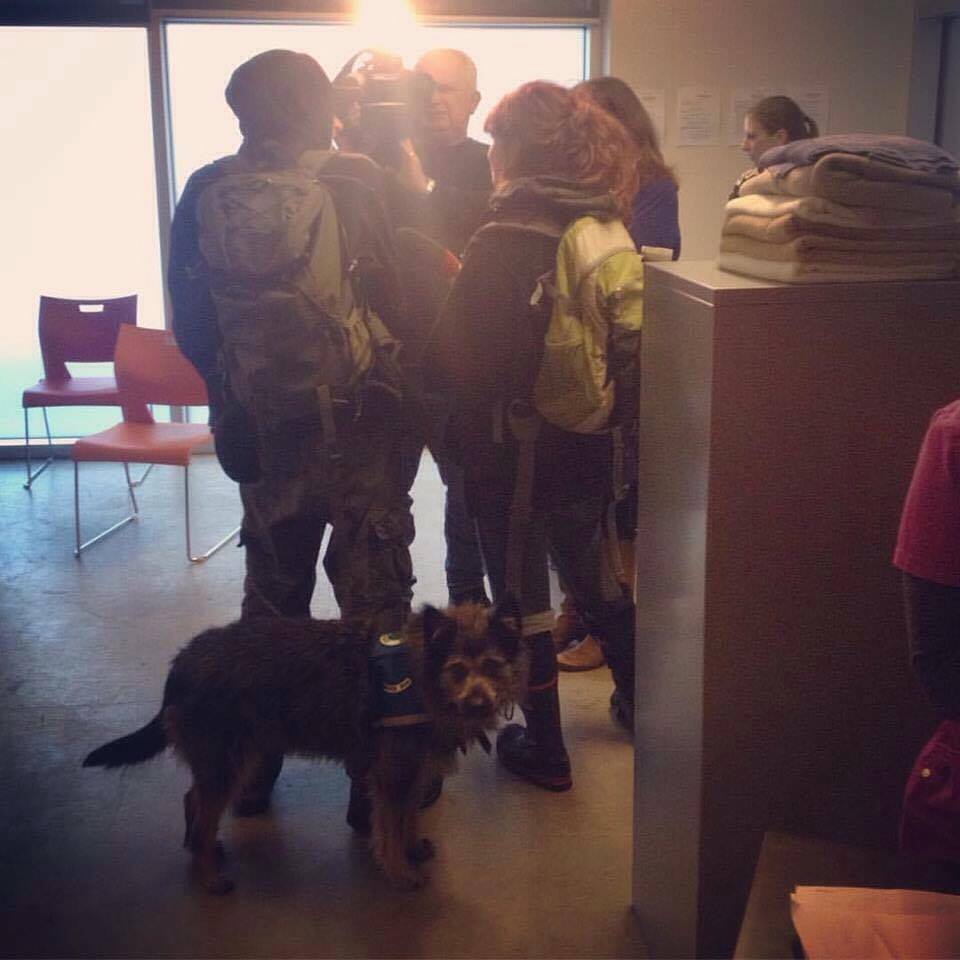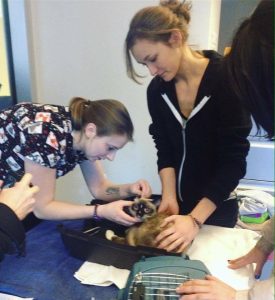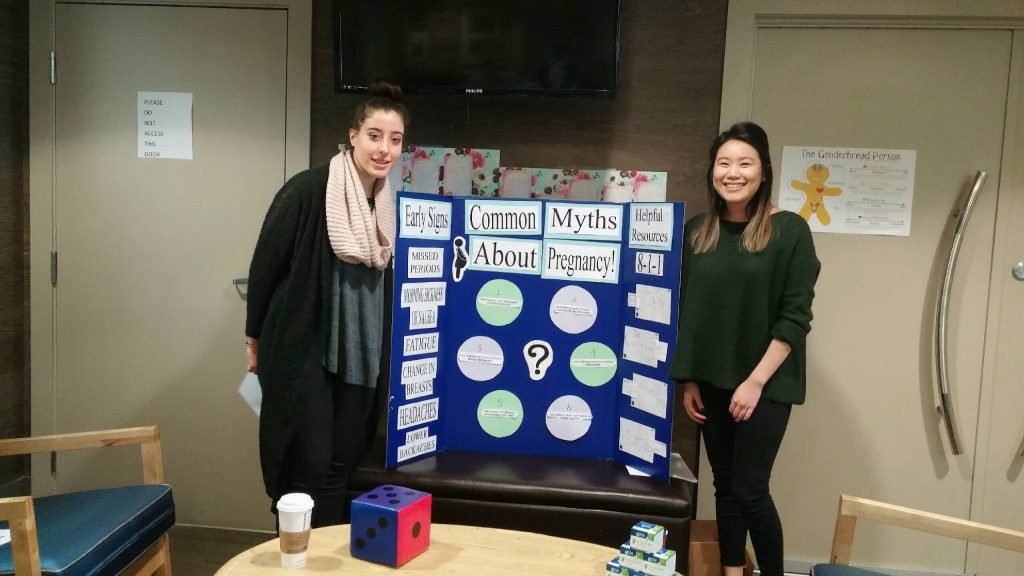BY TAYLOR PERRY
Teamwork is a fact of life in nursing. And it stands to reason that as healthcare becomes increasingly complex, so will the complexity and diversity of the teams that constitute it. If healthcare teams are to be mirrors of the societies and communities they serve, then it is imperative in a community nursing context to feature teams that possess many different languages, cultures, and – yes – ages. It is therefore incumbent upon leaders in community nursing to address issues of diversity in order to ensure a positive team culture and quality provision of services.
Claire Heath, the nurse educator at Evergreen Community Health Centre, asked me to conduct a literature review on the subject of age diversity in teams. It was a topic of particular interest to her, as the team at Evergreen was undergoing changes making it a more multi-generational unit. She wanted to know how these changes would affect team morale and unit culture. And she happened to have a UBC nursing preceptor student available to find out.
I conducted the review throughout the course of my preceptorship. What I found was that there was actually a fairly robust literature on the subject of multi-generational teams and the traits that make them successful. Little of this research, however, came from the field of nursing. Most of it, in fact, came somewhat unsurprisingly from the private sector. European (primarily German) researchers have been investigating the effects of age diversity on firm efficiency and productivity for some time. While these ends may be of slightly more importance in the private sphere, the literature also focused on the concept of group cohesion. Group cohesion, of course, is positively correlated with increased efficiency and productivity.
So how could we translate these findings into a community nursing context?
Well, the answer is a simple one. Although there are a variety of ways to foster group cohesion, as gleaned from the private sector, the most important goal is to create spaces that encourage innovation and creative freedom. But how nursing units can accomplish this – by promoting safety, learning together, and implementing diversity training – is ultimately unrelated to the notion of multi-generational teams. Successful age-diverse teams share traits of all successful teams, more generally. For nursing teams in the community, we should all learn to accept differences, communicate effectively, and value each other’s contributions. Sometimes, research simply affirms what we already intuitively know. With age-diverse nursing teams, it is much the same.












 Follow
Follow